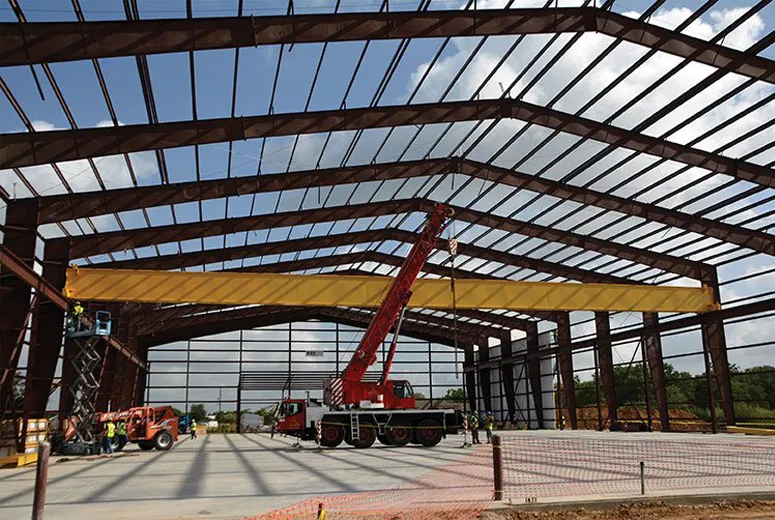- Afrikaans
- Albanian
- Amharic
- Arabic
- Armenian
- Azerbaijani
- Basque
- Belarusian
- Bengali
- Bosnian
- Bulgarian
- Catalan
- Cebuano
- Corsican
- Croatian
- Czech
- Danish
- Dutch
- English
- Esperanto
- Estonian
- Finnish
- French
- Frisian
- Galician
- Georgian
- German
- Greek
- Gujarati
- Haitian Creole
- hausa
- hawaiian
- Hebrew
- Hindi
- Miao
- Hungarian
- Icelandic
- igbo
- Indonesian
- irish
- Italian
- Japanese
- Javanese
- Kannada
- kazakh
- Khmer
- Rwandese
- Korean
- Kurdish
- Kyrgyz
- Lao
- Latin
- Latvian
- Lithuanian
- Luxembourgish
- Macedonian
- Malgashi
- Malay
- Malayalam
- Maltese
- Maori
- Marathi
- Mongolian
- Myanmar
- Nepali
- Norwegian
- Norwegian
- Occitan
- Pashto
- Persian
- Polish
- Portuguese
- Punjabi
- Romanian
- Russian
- Samoan
- Scottish Gaelic
- Serbian
- Sesotho
- Shona
- Sindhi
- Sinhala
- Slovak
- Slovenian
- Somali
- Spanish
- Sundanese
- Swahili
- Swedish
- Tagalog
- Tajik
- Tamil
- Tatar
- Telugu
- Thai
- Turkish
- Turkmen
- Ukrainian
- Urdu
- Uighur
- Uzbek
- Vietnamese
- Welsh
- Bantu
- Yiddish
- Yoruba
- Zulu
Nov . 02, 2024 11:15 Back to list
The Design of Steel Pavilions An Innovative Approach to Modern Architecture
Steel pavilions have become a prominent feature in contemporary architecture, representing innovation, flexibility, and aesthetic elegance. These structures often serve multiple purposes, from public exhibition spaces to private event venues, showcasing the versatility of steel as a primary building material. In this article, we delve into the key elements of steel pavilion design, its architectural significance, and the benefits it offers in modern construction.
One of the defining characteristics of steel pavilions is their structural integrity and design flexibility. Steel, known for its high strength-to-weight ratio, allows architects to create expansive open spaces without the need for excessive columns or supports. This capability enables innovative designs that can accommodate various functions while maximizing the use of natural light. Large glass facades, often integral to steel pavilions, not only enhance the aesthetic appeal but also connect the interior with the surrounding environment, promoting a sense of harmony with nature.
A notable example is the Serpentine Pavilion in London, a temporary structure designed each year by different architects. This initiative highlights the potential of steel in creating visually striking yet functional spaces. Each pavilion embodies the unique vision of its designer, showcasing how steel can be manipulated to reflect different architectural styles, from minimalist to avant-garde designs. This adaptability makes steel an ideal choice for pavilions, which often need to stand out in urban landscapes.
steel pavilion design

Moreover, the sustainability aspect of steel pavilions cannot be overstated. Steel is one of the most recycled materials globally, contributing to environmentally friendly construction practices. By utilizing recycled steel, architects can reduce the carbon footprint associated with new materials, align with sustainable building standards, and promote eco-conscious design principles. The longevity and durability of steel also mean that pavilions can withstand the test of time, further enhancing their sustainability credentials.
While the aesthetic and functional aspects of steel pavilion design are crucial, the practicality of construction and maintenance is also a significant consideration. Steel structures can be prefabricated, allowing for quicker assembly on-site, reducing labor costs and construction time. This efficiency is particularly beneficial for temporary or semi-permanent installations where time constraints are critical. Additionally, steel requires minimal maintenance compared to other materials, making it a cost-effective choice over the life of the structure.
The integration of technology into steel pavilion design offers further potential for innovation. Modern pavilions can incorporate smart technologies for energy management, lighting control, and climate adaptation, enhancing their functionality and user experience. These technological advancements ensure that steel pavilions remain relevant and responsive to the needs of users while minimizing environmental impact.
In conclusion, steel pavilions exemplify the future of architectural design through their innovative use of materials, commitment to sustainability, and adaptability to various functions. They symbolize a blend of art and engineering, pushing the boundaries of what is possible in modern architecture. As designers continue to explore the potential of steel in pavilion construction, these structures will undoubtedly play a significant role in shaping urban spaces and enhancing community engagement for years to come.
-
How Do Prefabricated Steel Structures Transform Modern Construction?
NewsJul.14,2025
-
How Do Prefabricated Metal Buildings Redefine Modern Construction?
NewsJul.14,2025
-
How Do Prefab Insulated Metal Buildings and Steel Structures Revolutionize Modern Construction?
NewsJul.14,2025
-
How Do Pre - Engineered Steel Structures Redefine Modern Construction?
NewsJul.14,2025
-
Advancing Modular Construction with Prefabricated Metal Structures
NewsJul.14,2025
-
Advancing Industrial Infrastructure with Prefabricated Steel Solutions
NewsJul.14,2025
Products categories
Our Latest News
We have a professional design team and an excellent production and construction team.












